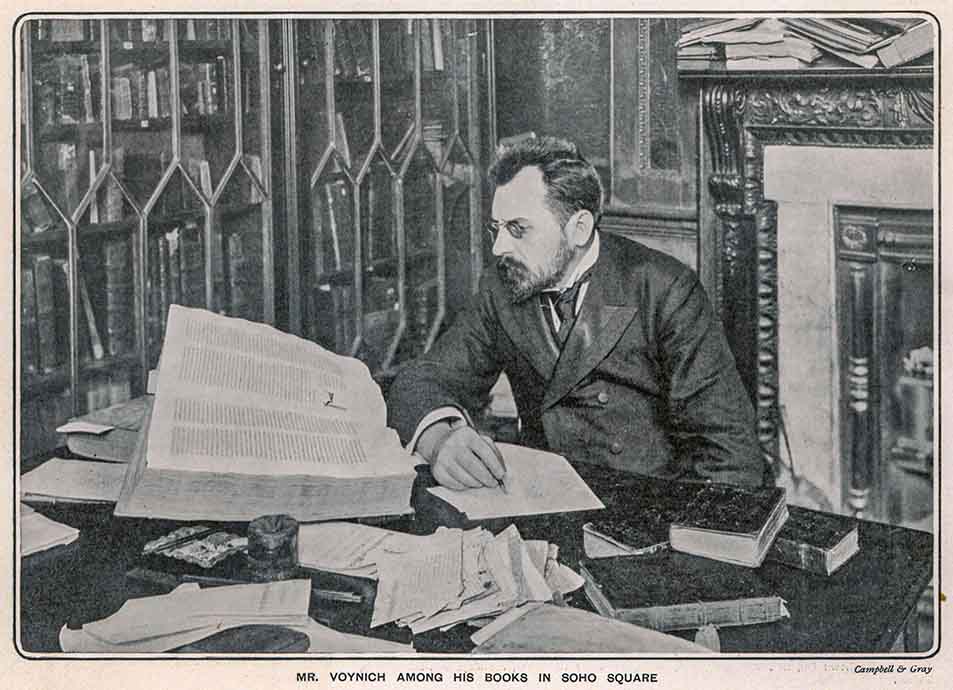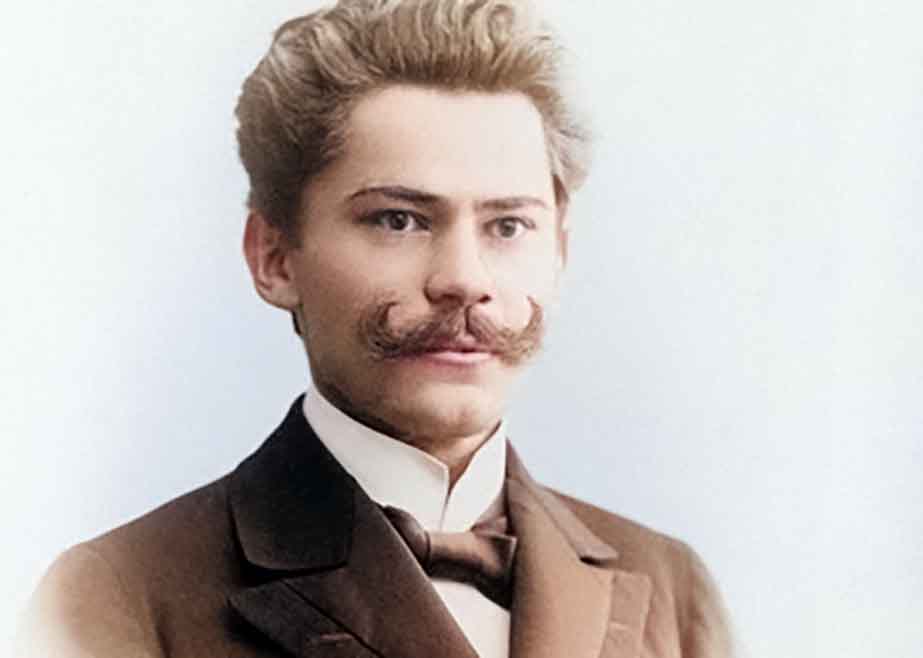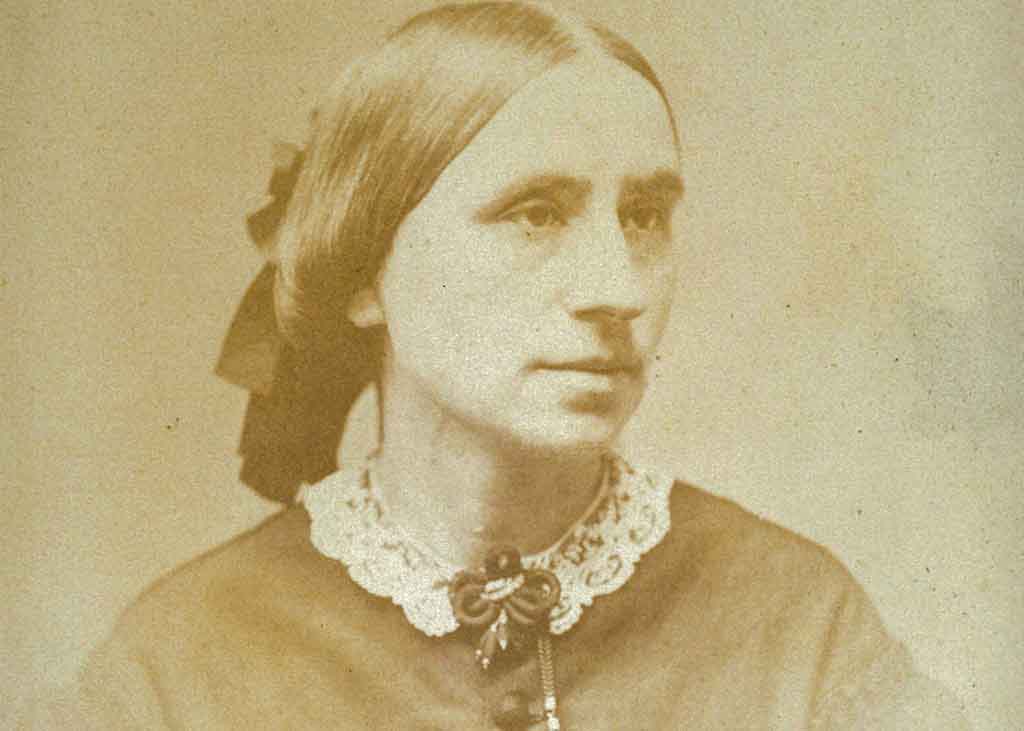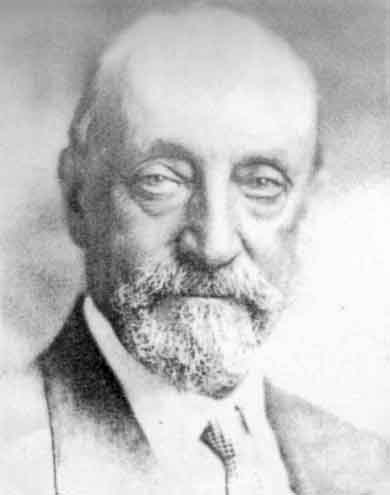He was supposed to be a military man, but the uniform was not his calling. He discovered and introduced to the world some 60 unknown species of flora and fauna. Georgians owe him a unique national park and remember that he was responsible for the creation of what was then Russia's first nature reserve. In Poland, however, Ludwik Młokosiewicz remains completely unknown.
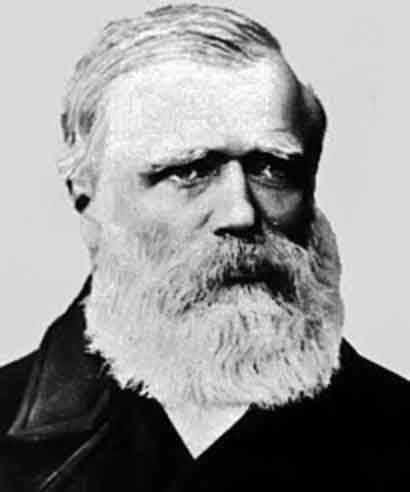
Ludwik Młokosiewicz (1831-1909) (Source: Wikipedia)
Born into a noble Warsaw family on 25 August 1831, his father, Franciszek, a general in Napoleon's army, tried to instil a love of uniform in his son by sending him to the Alexandrian Cadet Corps in Brest for four years. But nothing came of it — after his father's death, the boy abandoned his military career and took up what he had dreamed of — exploring nature.
Inspired by stories of the Caucasus, he was determined to explore the region. A tourist expedition in the mid-19th century was out of the question, so he decided to make use of his previous military experience and enlisted in the Tifil Grenadier Regiment, stationed on the border between Georgia and Azerbaijan in Lagodechi. He served there for some time and was even promoted to the rank of corporal. Thanks to his good relations with his superiors, he was given a piece of land to look after, where he indulged his passion for nature.
On an area of ten hectares, a regimental park was created, which was used not only by the soldiers but also by the citizens. Młokosiewicz planted many valuable trees there, imported from abroad, mainly from the American continent. The park soon became a popular place for meetings and picnics.
A few years later, after much effort, Ludwig managed to be discharged from the army and employed as a forester in the Signachi region of Georgia. This was the perfect place to explore his dream Caucasus. In search of new specimens of flora and fauna, the Polish naturalist wandered into ever more remote mountains, which did not meet with the approval of the Tsarist authorities.
During one such expedition in 1863, he was arrested and exiled to the Voronezh Governorate, where he stayed for four years and started a family. Upon his return to Lagodechi, he was forbidden from trekking in the mountains for the next few years, so he concentrated on compiling his accumulated research material and sharing his discoveries with other naturalists. As time went on, he developed scientific contacts with neighbouring countries, and when he was allowed to leave again, he returned to work as a forester, continuing to explore nature not only in Russia but also in Turkey and Persia.
Ludwik Młokosiewicz discovered and described 60 new species of Caucasian plants and animals, including the Caucasian black grouse (Tetrao mlokosiewiczi), named after him, and the unique peony (Paeonia mlokosewitschiigo), which grows only in the Caucasus.
The community in which he lived with his large family (the Młokosiewicz family had eleven children) owes him the development of local agriculture. He imported and bred cows from Europe and introduced many useful plants. In the research station on his farm, he prepared artefacts and ran an experimental nursery for fruit trees, where he collected over 900 different species and adapted them to the local climate, including citrus fruits and tea bushes. Thanks to his efforts, these plants are still grown there today.
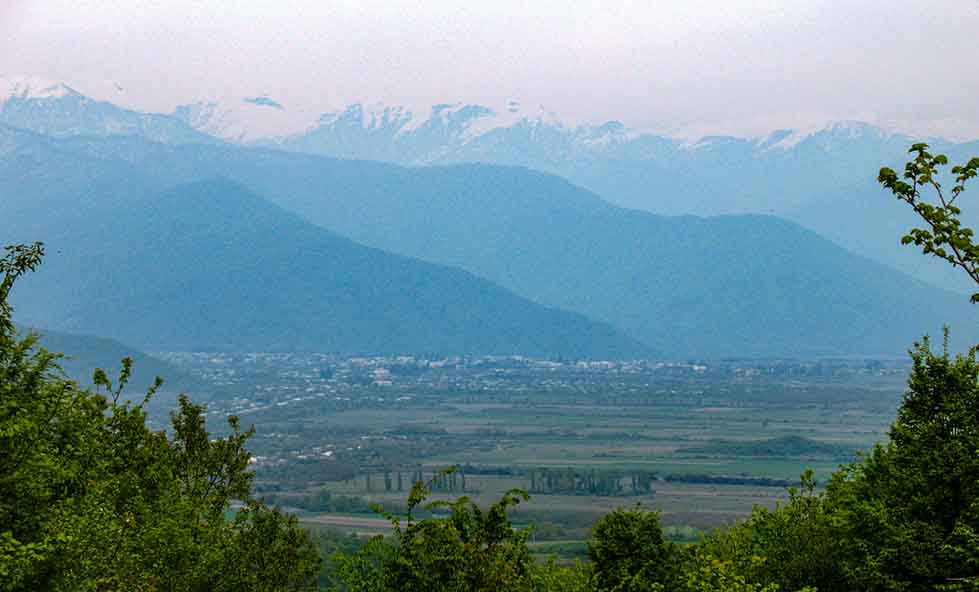
The city of Lagodekhi in Georgia, in 2009. (Source: Wikipedia)
His cultivation of the rami plant brought him great recognition in the natural world. These shrubs, also known as white bark, produce thick rhizomes and strong stems that are used to make ropes, cords and durable upholstery fabrics. Młokosiewicz also experimented with the cultivation of eucalyptus, which was used to drain wetlands — the habitat of malaria-carrying mosquitoes. Georgians still remember how his innovative crops helped prevent further epidemics of the disease.
Thanks to the support of Polish naturalists, his natural discoveries were much talked about and written about, and he himself enjoyed the respect of the scientific community. Thanks to his efforts, Tsar Aleksei II created Russia's first nature reserve in the Lagodechi region.
As time went by, more and more scholars and travellers came to his studio. A note about him is preserved in the memoirs of Anton Rehman, who travelled in Georgia. He wrote that 'being in the Caucasus and not meeting Młokosiewicz is like being in Rome and not seeing the Pope.’
Młokosiewicz was very close to the people of the town where he lived. He was involved in many local initiatives, fought for the railway line, wrote official letters and tried to establish a school. He was highly respected there.
He died of a heart attack on 23 July 1909 during one of his expeditions to Dagestan. His body was taken to Lagodechi, and a year later a nature reserve was set up according to his guidelines, the remains of which can still be seen today.
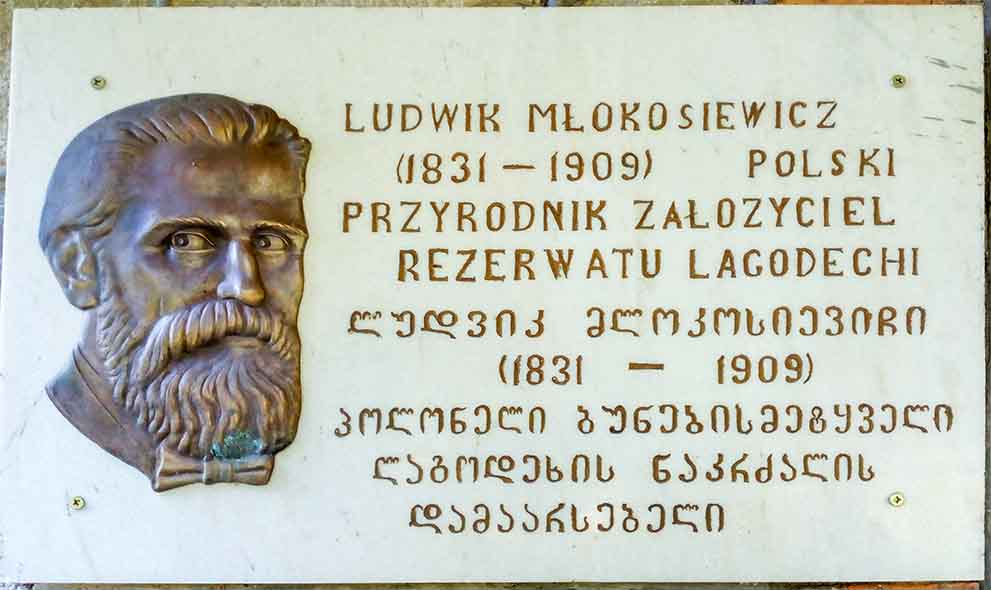
A commemorative plaque placed on the building of the Lagodechi reserve headquarters. (Source: Wikipedia)
One of his daughters, Julia, followed in her father's footsteps. She joined his expedition to the summit of Mount Ararat in 1899. It has not been definitively confirmed whether she eventually reached the summit but it is highly likely that she did, as the story of the first woman to reach the summit was told for many years by the Kurds of the Ararat valley.
Julia Młokosiewicz graduated from St Petersburg University with a degree in biology and later, like her father, organised expeditions in search of new plants and insects. On the family estate, she domesticated rare breeds of chicken and pheasant. She is credited with the discovery of a then-unknown species of primrose called Primula Juliae. Today it is very common outside the Caucasus; in Poland, it is called Georgian primrose.
In Georgia, the memory of the Polish naturalist is still alive and his numerous descendants form a large diaspora. In 2021, thanks to the initiative of Polish forester Radosław Koniorz and subsequent funding from the National Institute of Polish Cultural Heritage Abroad 'Polonika' — Volunteer 2021, the revival of Ludwik Młokosiewicz's dendrarium in the Botanical Garden of Lagodechi National Park began. About 30 rare trees, which he brought and planted more than 130 years ago, are still growing there.







